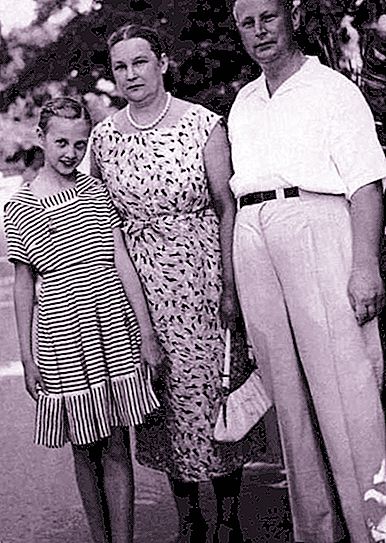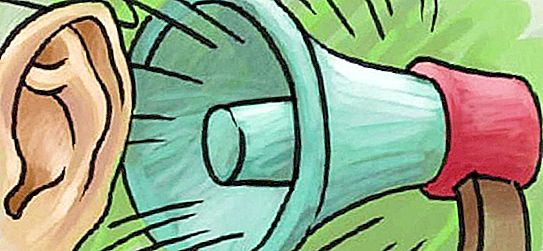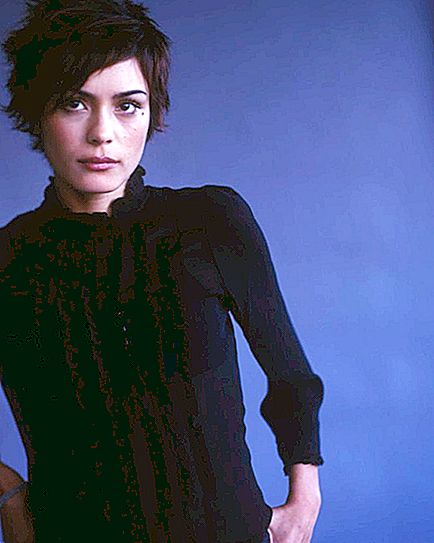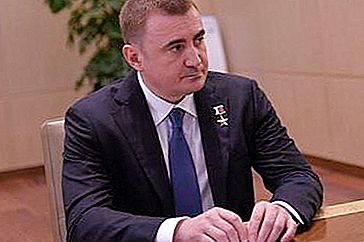One of the smallest sovereign states in the world is the Grand Duchy of Luxembourg. However, the small area and lack of minerals does not prevent him from having the highest per capita income. Well, an interesting story and a huge number of attractions make it a real paradise for tourists.
Where is located
The Grand Duchy of Luxembourg is located in Western Europe, between Belgium, Germany and France. Its area is surprisingly small - only 2586 square kilometers (for comparison, the area of Moscow is 2511 square kilometers), which makes the state one of the smallest in the world.
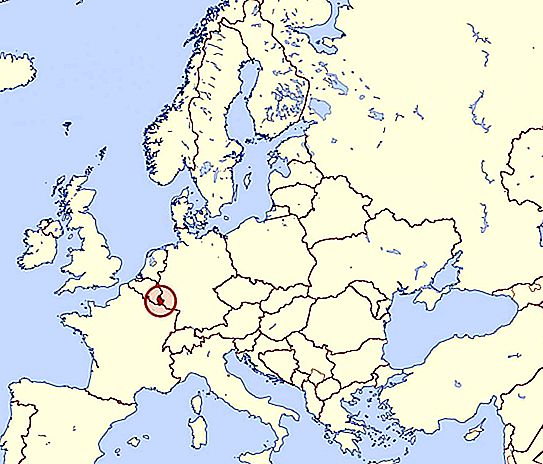
And the capital of the Duchy of Luxembourg is also called Luxembourg, which can create some confusion among people who first visited this amazing place. Of course, there are many other settlements, from tiny villages to quite large (by local standards) cities.
Population
According to the census conducted on January 1, 2018, a total of 602, 005 people are citizens of the country. Moreover, almost a quarter live in the capital - about 115 thousand people, which makes it the largest settlement in the country.
The main spoken language is Luxembourgish, but also almost every person from childhood knows French and German - without this it is impossible to work either in business, tourism, or in any other. Because very often you have to travel abroad or receive foreign guests.
As already mentioned, the population in the Duchy of Luxembourg exceeds 600 thousand people. However, this does not mean that they all live here. The fact is that real estate here has an astronomical value. Despite the huge salaries, not everyone can afford to rent or buy an apartment or house. Therefore, more than 100 thousand people (half of the working population) go to work from Germany or France, and return home at the end of the working day. This is due to the fact that in these countries real estate is much cheaper, and even the slightest problems when applying for documents or visas when crossing borders do not arise - usually border guards do not even ask for a passport.
Economy
Many EU organizations are located in Luxembourg (a city, not a duchy), which brings considerable income. In addition, here you can see more than 200 banks and almost 1000 investment funds - no other city in the world can boast of such indicators. Moreover, the share of Luxembourg banks and funds accounts for only a small part of the total number - mainly foreign organizations.
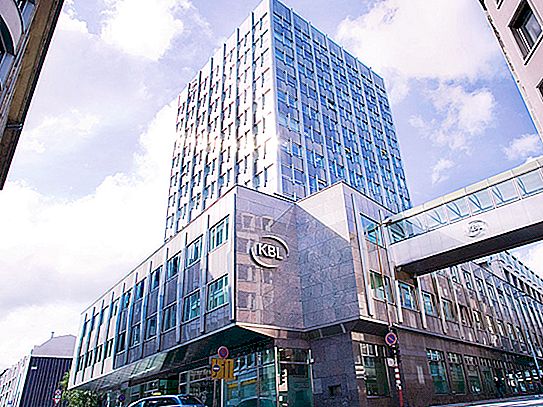
The fact is that Luxembourg is an offshore zone, which can significantly reduce costs when processing transactions. This is what allows the state to have such a significant income - $ 150 554 per year per capita (for comparison, in Russia - 8 946, in the USA - 57 220 and even in Switzerland - only 81 000).
True, own industry is almost absent. Only 10% of GDP comes from local iron and iron production. This makes the state and its population extremely dependent on the economies of other countries. For example, the crisis of 2008 hit the well-being of many people very hard, depriving them of their property.
Agriculture
Surprisingly, such a rich and tiny country can boast of extremely developed agriculture - the government does not at all believe that it is easier to buy products abroad, having enough funds for this. Farmers receive huge subsidies, which allows them to supply quality products to citizens of the country. Apparently, the government is well aware that a state that is dependent on the supply of products from abroad is extremely vulnerable and cannot be called independent.
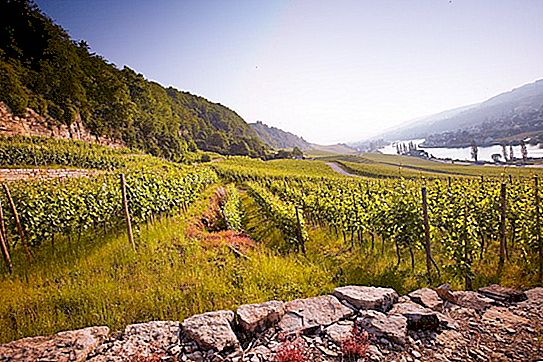
Cattle breeding is very developed, which almost completely covers the needs of the population in milk and meat. There are also gorgeous gardens - a mild climate and an almost complete absence of frost allow many crops to be grown.
Many families have been winemaking for generations. Local vineyards are almost inferior to French. Especially many plantations are located near the Moselle River. It flows through a valley protected from cold winds from all sides. Local wines of the Rivaner, Moselle and Riesling varieties are very popular with connoisseurs.
Transport in the country
It is also worth touching on the topic of transport. Despite the small size of the state, locals have to travel a lot - as already mentioned, about 100 thousand people cross the border twice a day.
In general, in the Duchy of Luxembourg, the rules for importing cars from Russia are quite simple. If the car is not new (released more than 6 months ago or has a mileage of more than 6, 000 kilometers), then the tax does not need to be paid at all. Otherwise, it is necessary to provide the invoice received upon purchase, a certificate of residence, a gray card (a special document issued in Luxembourg) and have a car with you to verify numbers.
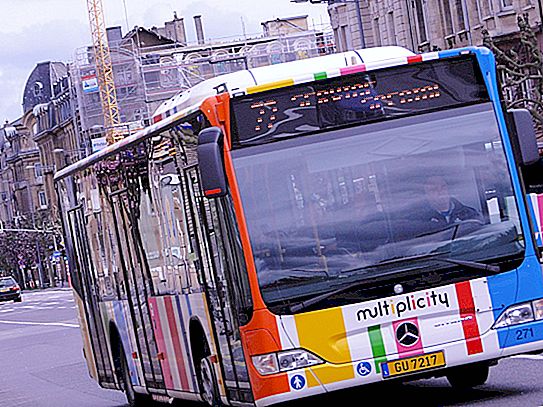
But if you wish, you can always rent a car on the spot - it is much easier. And in general, transportation here is inexpensive (especially by European standards). A single bus ride costs less than 1 euro. And for 4 euros you can buy a daily pass, which is valid not only in all buses in the country, but also in second-class railway cars.
The most famous village of the country
By far, the most famous village in the Grand Duchy of Luxembourg is Schengen. Only a few decades ago, not even all the inhabitants of the country knew about it. However, after the signing of the agreement uniting the disparate countries of Europe into one Schengen zone, this name thundered to the whole world.
But, despite this, the flow of tourists does not seek here. Therefore, Schengen residents lead the same quiet, calm and measured life as before. The population here is very small - less than a thousand people. They are mainly engaged in the cultivation of grapes and the manufacture of wine, which is popular throughout the country and abroad.
sights
Of course, one cannot fail to tell about the sights of the Duchy of Luxembourg, if we talk about it. In general, there are quite a lot of them.
For example, in the capital it is worth visiting the palace of the Grand Dukes - a magnificent building, built in the middle of the sixteenth century and today is the residence of local rulers.

Some tourists will be interested in visiting the Bock casemates. Located near Luxembourg, they have a depth of up to 40 meters and a length of over 20 kilometers! Many mysterious passages, gloomy chambers and surface exits make them one of the main attractions of the capital and the whole country. From here you can go almost anywhere in the city. And during World War II, the dungeons were used as a bomb shelter for local residents - the serious depth made the former prison a safe haven.
Wine lovers should definitely go along the Luxembourg Wine Trail. With a length of 42 kilometers, it unites several villages, almost the entire population of which has been growing grapes and making wine for many generations. You can try a variety of varieties here - not a single person versed in such drinks will be disappointed.
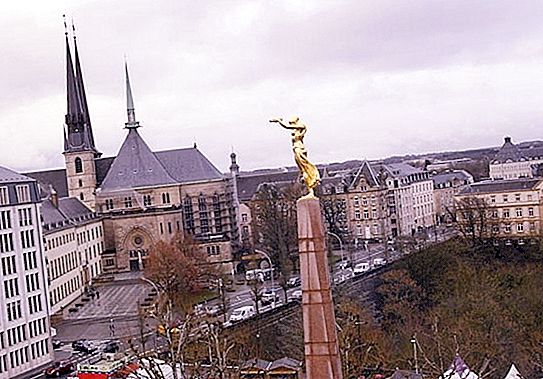
You can visit the Golden Frau - a monument erected in memory of the inhabitants of Luxembourg who died in the First World War. Then the country was occupied by Germany, many of its citizens fought in the ranks of the French army. On the battlefields, the Grand Duchy of Luxembourg lost about two thousand people. The monument is a gilded figure of a woman holding out her hands with a wreath. It is mounted on a pedestal 21 meters high, at the foot of which there are two figures - the killed soldier and his comrade, mourning the loss.
The main symbols of the country
Of course, speaking of the country, it is worth noting its main symbols - the coat of arms and flag.
The coat of arms is quite exquisite - against the background of an ermine mantle, two golden lions, looking in different directions, hold a shield, where against the background of blue and white stripes on the hind legs there is a third lion - red. The shield, like the entire coat of arms, is crowned with a crown.
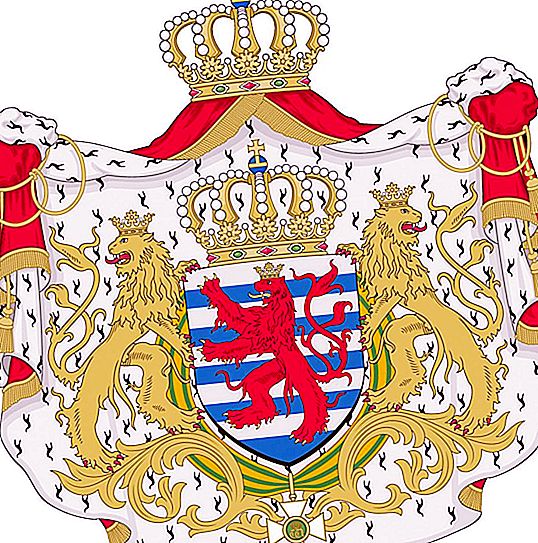
But the flag of the Duchy of Luxembourg is not so pompous - it consists of three horizontal stripes: red, white, blue. And this often causes confusion - because the Netherlands has the exact same flag. The only difference is that the blue bar has a slightly darker color. However, problems with flag identification still arise - such embarrassments often occur at different levels.
Interesting Facts
Some people are interested in the question of whether Luxembourg is a princedom or a duchy. At the head is one person who, in theory, has complete power. However, since the word duchy appears in the official name, the country will be correctly assigned to this category.
Surprisingly, Luxembourg, not having the slightest reserves of oil, gas or other energy resources, can boast the lowest gas prices in Western Europe. The government is well aware that many citizens have to travel a considerable distance during the day (they live in one state and work in another), so they spend a lot of money to keep the cost of fuel at an acceptable level. Many take advantage of this - Germans and French come here to refuel the car. And local residents often speculate on fuel, buying cheaper and reselling at the border are much more expensive.
Almost a third of the country's area is occupied by artificially planted forests.
Here, men have an average life expectancy of 78 years, and women - 83 years.

